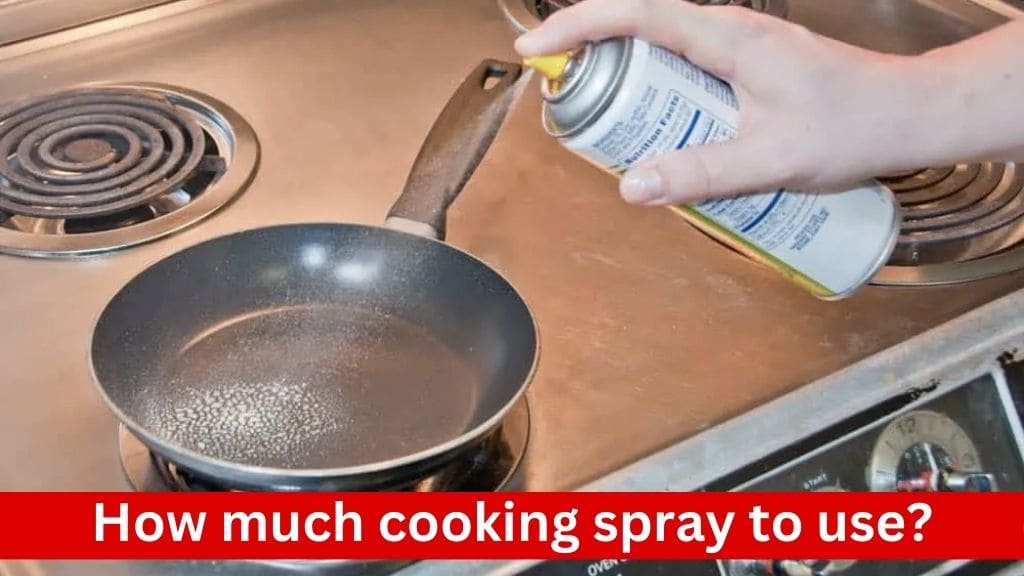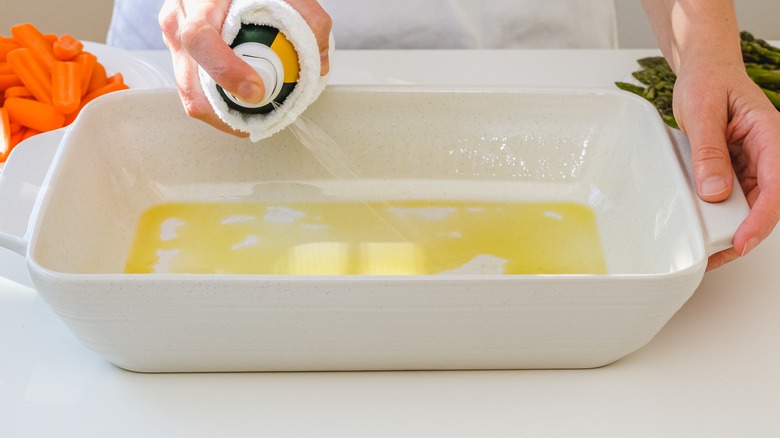In the realm of culinary arts, precision is key, not only in terms of flavor but also in nutritional aspects. Cooking spray, particularly olive oil spray, has become a popular choice among health-conscious individuals due to its ability to minimize the amount of fat used in cooking. However, determining the appropriate amount of cooking spray to use can be a bit tricky. In this guide, we’ll delve into the nuances of using cooking spray effectively, ensuring both culinary success and mindful consumption.
Cooking spray, often used as a convenient alternative to traditional liquid oils or solid fats, is typically dispensed from aerosol cans. It is designed to coat cooking surfaces with a thin, even layer of oil to prevent food from sticking during cooking. While cooking sprays are available in various formulations, olive oil spray is a popular choice for its perceived health benefits and versatility in flavor.
Benefits of Cooking Spray
-
Reduces Fat Intake: Cooking spray allows for minimal oil usage, thus reducing overall fat intake in dishes.
-
Convenience: Aerosol cans provide a convenient and mess-free method of applying oil to cooking surfaces.
-
Even Coating: Cooking spray ensures an even distribution of oil, promoting uniform cooking and browning of food.
-
Versatility: Can be used for a wide range of cooking methods, including sautéing, baking, grilling, and roasting.
Factors Influencing Usage

Cooking Surface
The type of cooking surface you’re using plays a crucial role in determining the amount of cooking spray needed. Non-stick surfaces, such as those found in modern cookware, require less spray compared to traditional surfaces like stainless steel or cast iron. Non-stick surfaces inherently repel food, reducing the need for excessive oil to prevent sticking. However, if you’re using a porous surface like cast iron, which tends to absorb oil, you may need to apply a slightly heavier coating of cooking spray to ensure adequate coverage and prevent sticking.
Cooking Method
Different cooking methods require varying amounts of cooking spray to achieve optimal results. For instance:
- Baking or Roasting: These methods often require a more generous application of cooking spray to prevent food from sticking to baking sheets or roasting pans. Additionally, a light coating of oil can help promote browning and caramelization, enhancing the flavor and appearance of baked or roasted dishes.
- Sautéing or Stir-Frying: These high-heat cooking methods typically require a lighter application of cooking spray to avoid excessive oiliness and maintain the integrity of delicate ingredients. Too much oil in a sauté pan can lead to soggy, greasy dishes, while too little oil may result in sticking and uneven cooking.
Food Being Cooked
The type of food you’re cooking also influences the amount of cooking spray needed. Consider the following:
- Protein Content: Foods with higher fat content, such as fatty cuts of meat or oily fish, naturally release more fat during cooking and may require less additional oil from cooking spray. Leaner proteins, on the other hand, benefit from a slightly heavier application of oil to prevent dryness and enhance flavor.
- Vegetables and Grains: Vegetables and grains typically require less oil compared to proteins due to their lower fat content. However, a light coating of cooking spray can help prevent sticking and impart flavor when roasting or sautéing vegetables or grains.
Desired Outcome
Your desired outcome for the dish also influences the amount of cooking spray you should use. Whether you’re aiming for a crispy exterior, a golden brown finish, or simply preventing sticking, adjusting the amount of cooking spray accordingly is essential. Experimentation and experience will help you gauge the ideal amount of spray needed to achieve your desired results consistently.
Temperature Control
Controlling the temperature during cooking is crucial for determining the amount of cooking spray needed. Higher cooking temperatures may require a lighter application of spray to prevent burning or smoking, while lower temperatures may allow for a slightly heavier coating to achieve desired browning and flavor development.
Measuring Cooking Spray
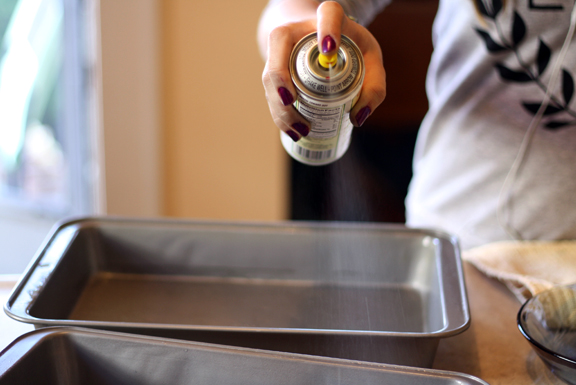
Using a kitchen scale
- Set Up the Scale: Begin by placing a small, lightweight container on the kitchen scale and zeroing it out to account for the weight of the container.
- Spray into the Container: Hold the cooking spray nozzle directly over the container and spray for the desired duration, ensuring that the spray is captured within the container.
- Weigh the Container: After spraying, weigh the container again to determine the weight of the oil dispensed. The difference in weight between the container before and after spraying represents the amount of oil sprayed.
- Calculate Serving Size: Use the weight of the oil dispensed to calculate the serving size and nutritional information per spray. This method allows for precise portion control and helps you track your oil consumption accurately.
Timed Spraying
If a kitchen scale is not available, you can approximate the amount of cooking spray used by timing the duration of the spray. Follow these steps:
- Set a Timer: Use a stopwatch or timer to measure the duration of the spray as accurately as possible.
- Standardize Timing: Aim for a consistent spray duration to maintain uniformity in portion sizes. This can be achieved by counting seconds or estimating the duration based on experience.
- Estimate Serving Size: Based on the timing, estimate the serving size and adjust as needed for portion control. While this method may not be as precise as using a kitchen scale, it provides a practical way to gauge the amount of oil being dispensed without specialized equipment.
Visual Inspection
For quick and informal measurements, visual inspection can provide a rough estimate of the amount of cooking spray being used. Pay attention to the coverage area and intensity of the spray to gauge the relative amount of oil being dispensed. While this method may not yield precise measurements, it can be useful for everyday cooking tasks where exact measurements are not critical.
Practice and Experience
With practice and experience, you’ll develop a better intuition for estimating the amount of cooking spray needed for different recipes and cooking methods. Pay attention to the results of your cooking experiments and adjust your spraying technique accordingly to achieve the desired outcomes consistently.
Determining Nutritional Content
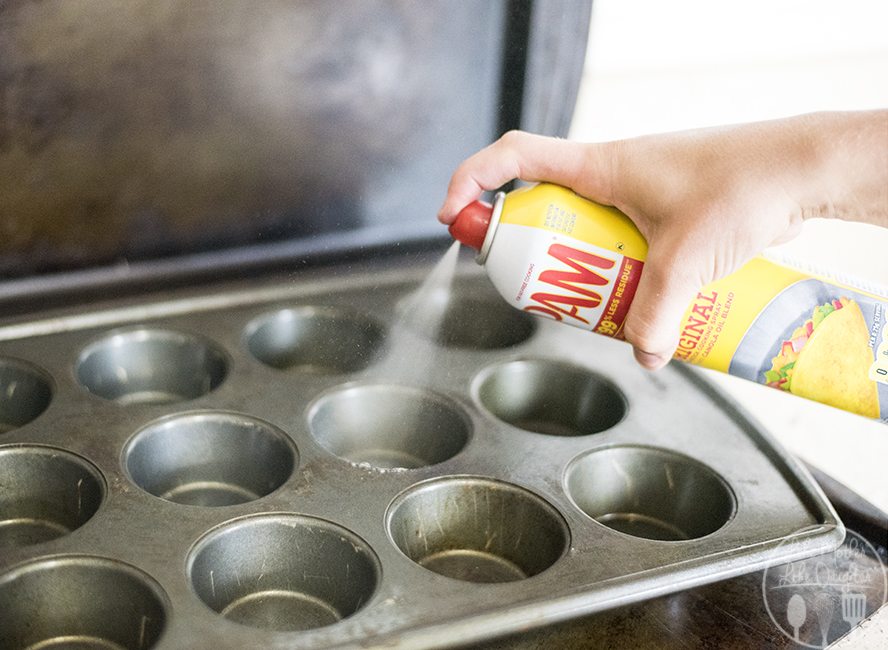
Reading Labels
Before using cooking spray, carefully review the nutritional information provided on the packaging. Pay attention to the following key components:
- Serving Size: Identify the serving size specified on the label, as nutritional information is typically provided per serving. The serving size may be listed in measurements such as sprays or grams.
- Calories: Determine the number of calories per serving to assess the energy content of the cooking spray. Be mindful of portion sizes and serving sizes to avoid underestimating calorie intake.
- Fat Content: Check the total fat content per serving, including saturated fat, trans fat, and unsaturated fat. While cooking spray is often touted as a low-fat option, it’s essential to be aware of the types and amounts of fat present.
Calculating Calories
To calculate the number of calories in a serving of cooking spray, you can use the following formula:
Calories per Serving=Total Calories per CanNumber of Servings per Can
- Total Calories per Can: Refer to the nutritional label to find the total number of calories per can of cooking spray.
- Number of Servings per Can: Determine the number of servings contained in the entire can, which is typically indicated on the label. This information allows you to calculate the calorie content per serving accurately.
Multiply the number of servings used by the calories per serving to determine the total calorie intake from cooking spray in a recipe or meal.
Assessing Fat Content
In addition to calories, it’s essential to consider the fat content of cooking spray, as fat contributes significantly to the overall energy density of the product. Pay attention to the following aspects:
- Total Fat: Identify the total fat content per serving, expressed in grams. This includes all types of fat present in the cooking spray.
- Saturated Fat: Monitor the amount of saturated fat per serving, as excessive intake of saturated fat may increase the risk of heart disease and other health issues.
- Trans Fat: Be aware of any trans fat content listed on the label, as trans fats are considered particularly unhealthy and should be limited in the diet.
- Unsaturated Fat: Consider the presence of unsaturated fats, such as monounsaturated and polyunsaturated fats, which are generally healthier options compared to saturated and trans fats.
Portion Control
Maintaining portion control is essential when using cooking spray to avoid overconsumption of calories and fat. Be mindful of serving sizes and adjust your usage accordingly to meet your dietary goals. Using measuring tools such as kitchen scales or measuring spoons can help ensure accurate portion sizes and prevent unintentional overuse of cooking spray.
Practical Tips for Usage
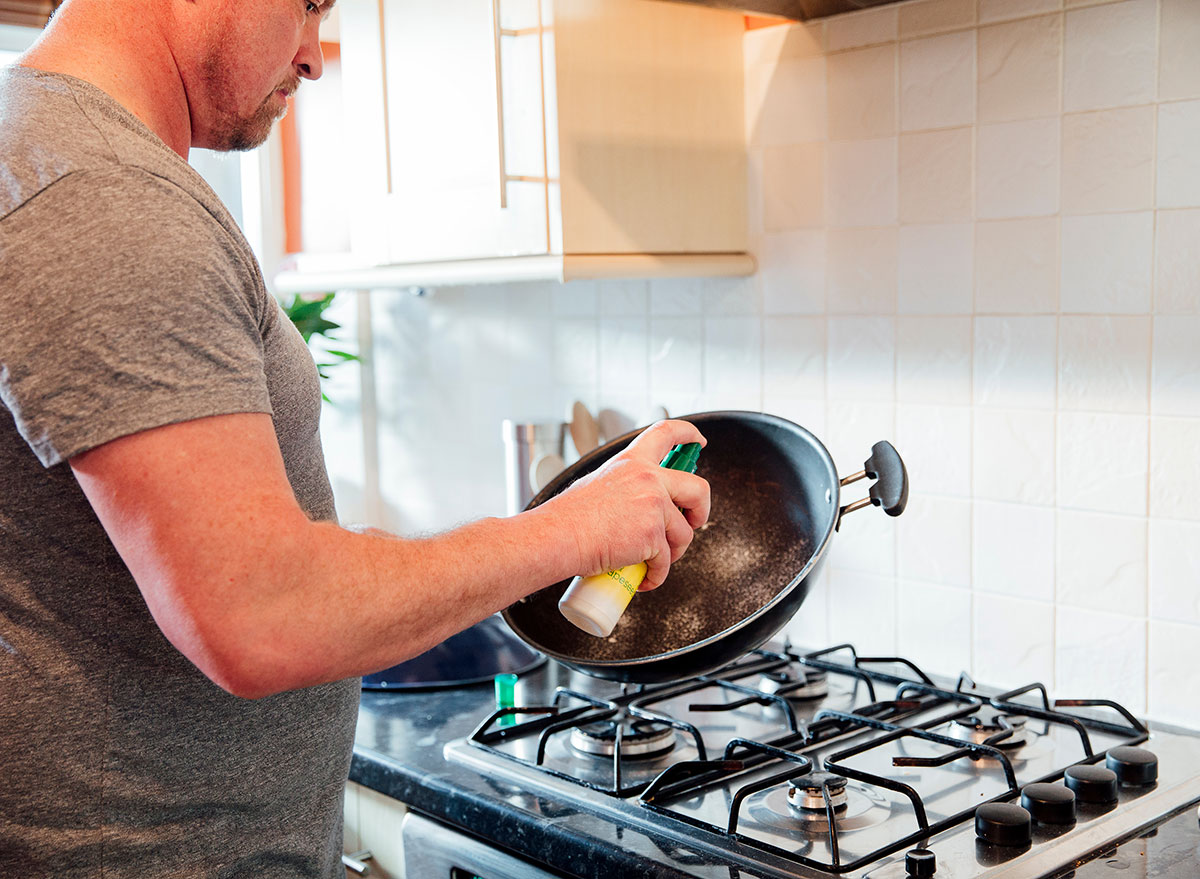
1. Use Sparingly
While cooking spray is a convenient and low-calorie option for oiling pans and cooking surfaces, it’s essential to use it sparingly. Start with a light application and adjust as needed to avoid over-saturating your dishes with oil. A little goes a long way with cooking spray, so aim for a thin, even coating rather than a heavy dousing.
2. Focus on Coverage
When applying cooking spray, focus on achieving comprehensive coverage of the cooking surface with a thin layer of oil. Ensure that the spray reaches all corners and edges of the pan or baking sheet to prevent food from sticking during cooking. Even coverage promotes uniform cooking and browning while minimizing the risk of hot spots and uneven results.
3. Experiment with Alternatives
While cooking spray is a popular choice for its convenience and low calorie count, don’t be afraid to experiment with alternative methods of oil application. Consider using a pastry brush to coat surfaces with liquid oils or melted butter for richer flavor and texture. Drizzling oil directly onto ingredients or using infused oils can also add depth and complexity to your dishes.
4. Monitor Consumption
Keep track of the amount of cooking spray used in recipes to maintain awareness of your calorie and fat intake. While cooking spray may seem negligible on its own, repeated use can contribute to significant calorie consumption over time. By monitoring your usage and practicing moderation, you can enjoy the benefits of cooking spray without exceeding your dietary goals.
5. Consider Specialized Varieties

Explore specialized varieties of cooking spray to suit your specific dietary preferences and culinary needs. For example, olive oil spray offers a distinct flavor profile and is rich in heart-healthy monounsaturated fats. Non-stick cooking sprays formulated with flour or other additives can provide enhanced release properties for delicate baked goods and intricate molds.
6. Control Application
Exercise control over the application of cooking spray to avoid excessive oiliness and maintain the integrity of your dishes. Hold the spray canister approximately 6 inches away from the cooking surface to ensure an even distribution of oil. Count the seconds in your head as you spray to regulate the duration and intensity of application.
7. Customize Usage
Tailor your usage of cooking spray to match the specific requirements of each recipe and cooking method. For example, when roasting vegetables, a light misting of cooking spray can help enhance browning and caramelization. In contrast, when making pancakes or grilled cheese sandwiches, a quick swipe of cooking spray on the griddle or skillet can prevent sticking without adding excess oil.
8. Enhance with Paper Towel
Instead of relying solely on cooking spray to coat cooking surfaces, consider enhancing its effectiveness by using a paper towel to spread the oil evenly. After spraying the surface, use a clean paper towel to distribute the oil in a thin, uniform layer, ensuring complete coverage while minimizing excess oiliness. This technique allows you to control the amount of oil used and achieve optimal results with minimal calories.
Conclusion
Mastering the art of using cooking spray involves striking a balance between flavor, convenience, and nutrition. By understanding the factors influencing usage, employing precise measurement techniques, and staying mindful of nutritional content, you can harness the benefits of cooking spray while creating delicious and health-conscious meals. Experiment with different methods and techniques to find what works best for your culinary preferences and dietary goals. Happy cooking!

